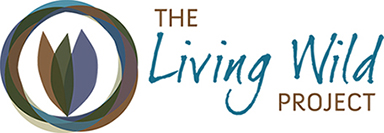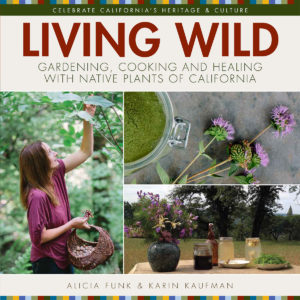Tasting the Land
The start of every year offers a useful opportunity to question our daily choices. In the overwhelm of the latest processed ingredient that proves cancerous and the infiltration of GMO’s into our food supply, as well as the influx of new foods and antioxidants that claim to provide the latest solution, it is hard to know what food choices to make.
Sometimes, finding what is truly healthy can be found through a simple walk outdoors. In spending time in nature with my family, I discovered that many of the herbal supplements sold commercially are from native plants of this region. Our plants also have a rich history of food use, which locals enjoyed for thousands of years. In an effort to live more sustainably, I wondered how I could take my desire to eat and live more responsibly to the next level.
I gathered what I learned into a guidebook on native plants, Living Wild, to offer our community a resource on how to use food and medicine native to our region’s landscape. This year, I am challenging myself to find even more ways to use native plants on a daily basis and I invite you to join me.
What I’m looking for is not just about munching on wild plants. It is about creating an interdependent lifestyle, which supports health for humans and the habitat we reside in. The original inhabitants of the Sierra Nevada, this region’s knowledge keepers, sustained themselves without grocery stores or even “locally grown” food crops because they had a deep relationship with their native landscape. They knew how and when to harvest nutritious plants so they were available in abundance the next year.
Unfortunately, we’ve lost the Native Californian’s user manual that could guide us to the plants we would enjoy eating and help us learn the best ways to prepare them. Just 200 years ago, at least 80 different languages were spoken in California, and those much forgotten words held clues on how to truly live well in our local landscape.
It is up to us to revitalize this information. ‘Living wild’ only requires curiosity and a desire for independent sources of food and health. Let’s help the earth while enjoying the “foodie” pleasure of exotic cuisine that is as close as our own backyard.
I’ve listed some of my favorite wild recipes for winter. I hope you will experiment with them and post your own on www.livingwild.org.
Toyon Berry Cider, Fir Tip Tea, California Bay Seasoning, California Bay Cleaner, Yerba Santa Tea, Rose Hip Tea
-Alicia Funk, alicia@livingwild.org




